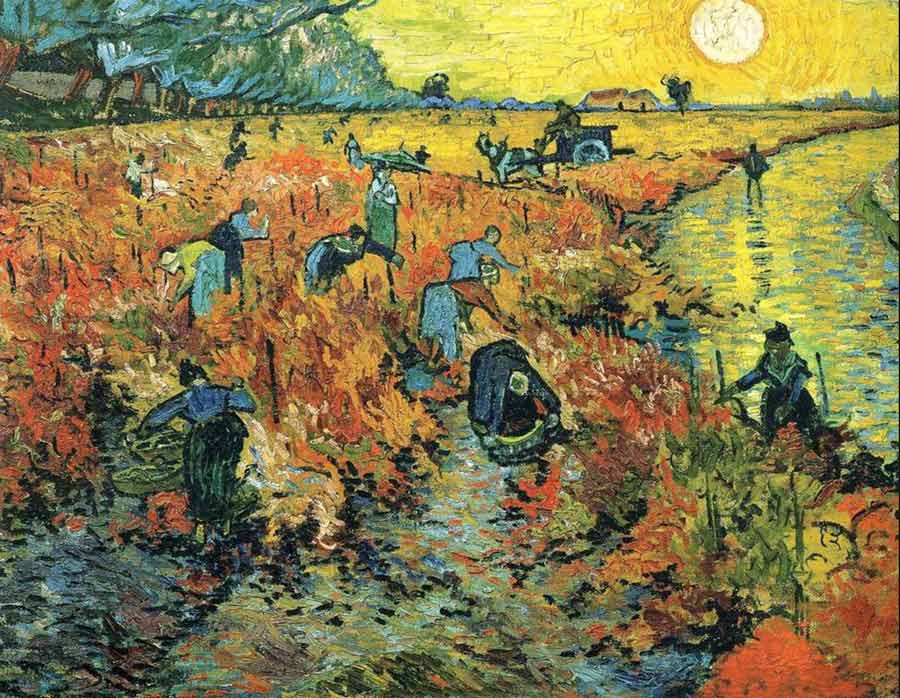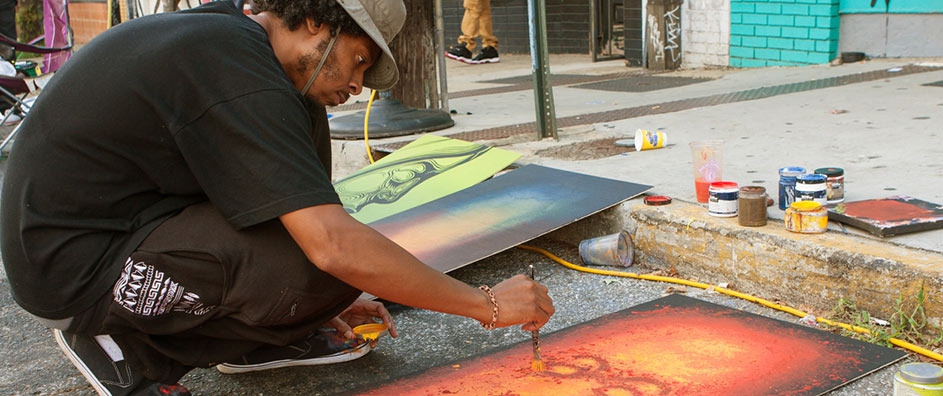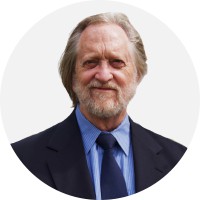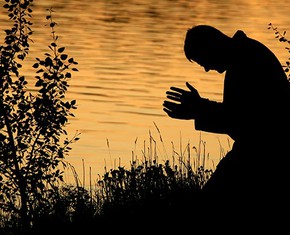The views expressed in our content reflect individual perspectives and do not represent the authoritative views of the Baha'i Faith.
When I decided to make art with poetry, I discovered the inseparability between the art of living and the art of dying.
But I also discovered that there are life experiences far worse than death or dying. For me, the most terrifying life experience meant being imprisoned in myself, loveless and isolated from even a listening ear or a caring heart to comprehend my grief or to commiserate.
So I wrote poems and studied those who, like me, had found in art a means whereby the astounding power of that inner grief and solitude could be unleashed in sensibly perceptible forms.
Not that all artists or even most artists must be depressed and lonely. Not that all art derives from neediness. But most art, I would venture to theorize, derives from an inner longing—or even from some kind of desperation, a relentless drive to communicate what ordinary language cannot to someone dear, whom the artist has yet to discover and perhaps never will.
Interestingly, for a good number of those whom we set apart as the seers, the visionaries among us, it is this repository of raw emotion (what we might now term the KE or “kitten effect”)—that we sense in the swirls of Van Gogh’s brush strokes or in the stone-become-skin of Michelangelo’s David or in the lavish sensuality of alliterative synaesthesia in Thomas’ “Fern Hill.”

I used to characterize the artists among us in my university lectures as being like kinesthetic receptors for the human body politic. I would further assess their pragmatic value to us—even while asserting that art is its own excuse for being—was in the valuable insights they proffer to us about our collective condition. Artists inform us about how we are doing in relation to what we say we are doing, about where we are in space and time and progress towards our avowed goals. Perhaps most important of all, they remind us what those goals are. Abdu’l-Baha asked an artist:
Can you paint upon the page of the world the ideal pictures of the Supreme Concourse? The pictures which are in the ideal world are eternal. I desire you to become such an artist. Man can paint those ideal pictures upon the Tablet of Existence with the brush of deeds.
The Holy, Divine Manifestations are all Heavenly Artists. Upon the canvas of creation, with the brush of their deeds and lives and action, they paint immortal pictures which cannot he found in any art museum of Europe or America—but you find the masterpieces of these Spiritual Artists in the hearts. – Abdu’l-Baha, Star of the West, Volume 3, p. 149.
In our presently disjointed and dis-integrated society, we need this spiritually-sensitive art like we need clean air and decent water.
Unfortunately, it has become the case since we emerged from the more healthy stages of our tribal selves that these same artists, who once assumed a lofty status when they sang for us our personal and collective histories, have been relegated mostly to decorating our homes or public parks. Or, even worse, they are viewed as quaint rebellious children trying to hold up a mirror to convince us we are acting foolishly, and we will have none of it.
Whether the artists are trying to remind us of what we already know on some subliminal or repressed level of consciousness, or whether they are enlightening us about something we have ignored or missed or never understood correctly, these sensitive souls are not among us merely to ornament our lives, though they may delight us; nor merely to arouse our passions, though we may well respond with passion to what they have to tell us about ourselves. The best of them, as Yeats affirms in “Sailing to Byzantium,” whisper to us about what has passed, is passing or is to come:
It hath been revealed and is now repeated that the true worth of artists and craftsmen should be appreciated, for they advance the affairs of mankind. Just as the foundations of religion are made firm through the Law of God, the means of livelihood depend upon those who are engaged in arts and crafts. True learning is that which is conducive to the well-being of the world, not to pride and self-conceit, or to tyranny, violence and pillage. – Baha’u’llah, from a tablet to an individual Baha’i.
















Comments
Sign in or create an account
Continue with Googleor